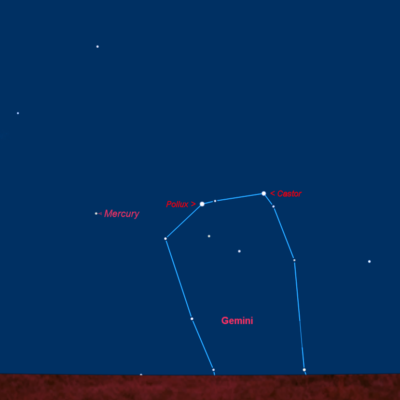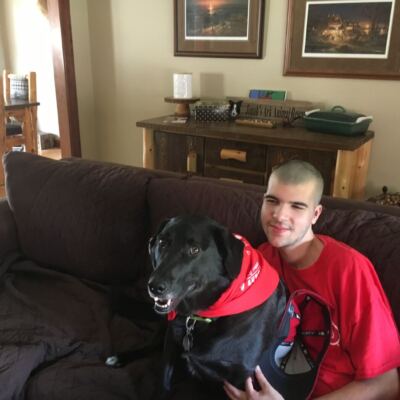
Artist’s concept of NASA’s Dragonfly on the surface of Saturn’s moon, Titan. The spacecraft will be capable of short flights across the moon’s surface. It is scheduled for liftoff in 2028. Courtesy of NASA/Johns Hopkins APL/Steve Gribben
Three years from now, NASA plans to launch a unique spacecraft into the outer solar system. On July 5, 2028, the Dragonfly spacecraft will lift off onboard a Falcon Heavy rocket.
Dragonfly will be an unusual spacecraft. It is not just a lander but also a quadcopter. Dragonfly will be capable of short flights of 3 to 4 miles up to altitudes of 13,000 feet. This ability will allow it to survey a much larger area.
The destination for the mission will be Saturn’s largest moon, Titan. Titan is a fascinating world. With a diameter of almost 3,200 miles, it is twice the size of Earth’s moon, and it is the second largest moon in the solar system. It has unique nitrogen and methane atmosphere.
In addition to its atmosphere, Titan has a very interesting surface. It is rich in water ice, ammonia, rivers and lakes of liquid methane and ethane and even ice volcanoes. Dragonfly’s ability to fly will greatly increase our ability to explore this strange world.
Dragonfly weighs almost 1,000 pounds but given Titan’s surface gravity is 1/7th of Earth, it will weigh less than 150 pounds there. The spacecraft’s rotors are almost 4.5 feet in diameter. These will allow the probe to carry a sophisticated scientific payload that includes spectrometers, cameras, atmospheric and geological instruments, as well as a drill that can bore into the surface.
If the mission takes off on time in 2028, it still has a long journey ahead. Saturn after all lies nearly 900 million miles from the sun. It will take six years for Dragonfly to reach Titan, arriving by 2034.
In the meantime, you can track Dragonfly’s construction, launch and progress on Johns Hopkins University’s Dragonfly website
Kevin D. Conod is the Planetarium Astronomer at the County College of Morris and a member of the North Jersey Astronomical Group.




























